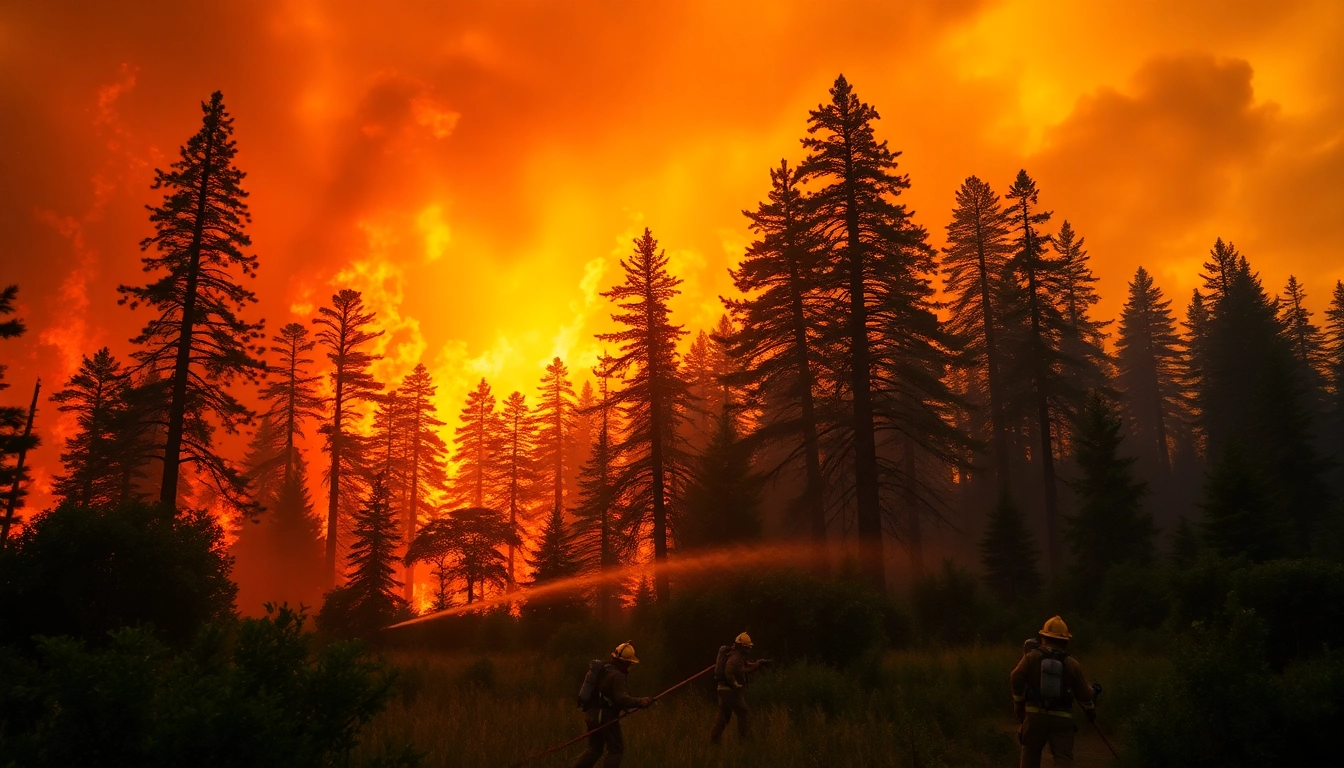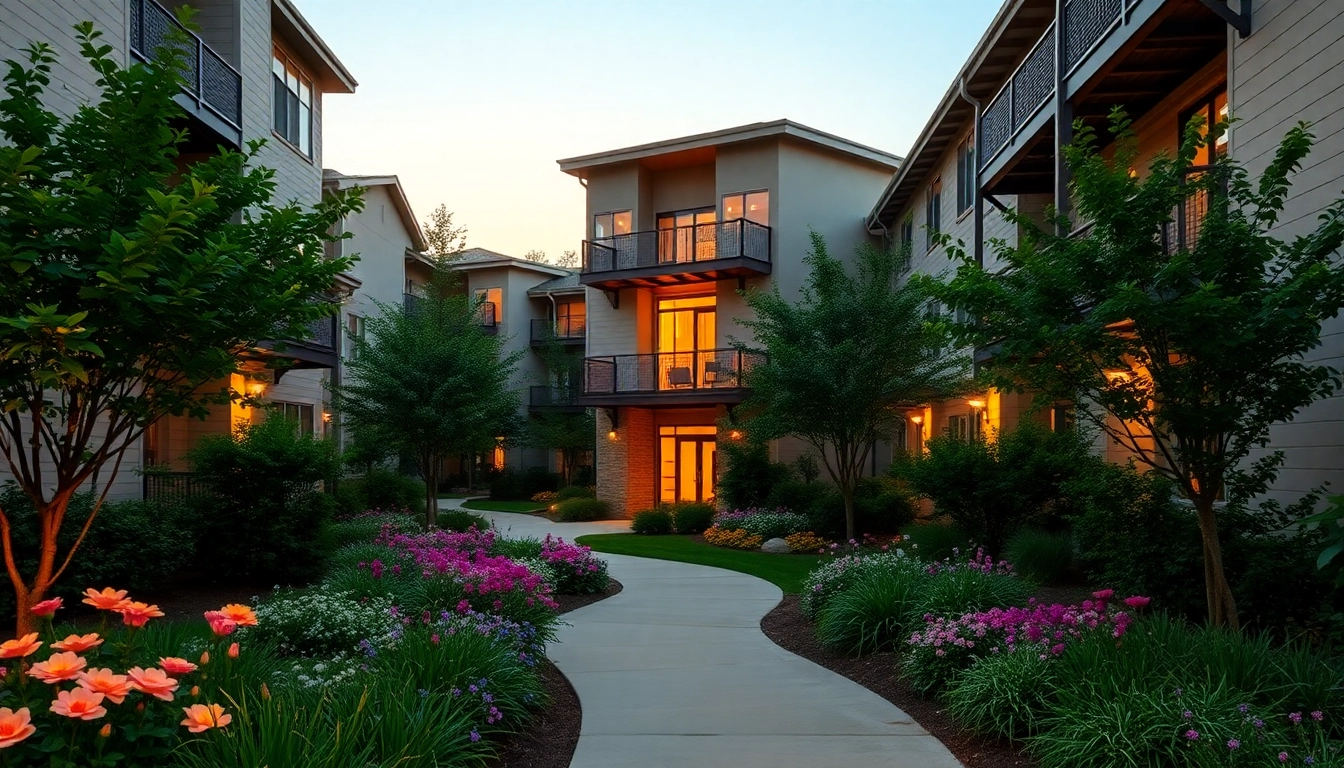What Are Wildfire Events?
Definition and Overview
Wildfire events refer to uncontrolled fires that burn in wildland areas such as forests, grasslands, and other natural landscapes. These events can vary widely in size, intensity, and duration, with some burning only a small area while others can devastate thousands of acres. The phenomenon of wildfires is not new; they have occurred for millions of years and play a significant role in certain ecosystems by helping to maintain biodiversity and stimulate new growth. However, the frequency and severity of wildfire events have been exacerbated in recent years due to climate change, making firefighting and preparedness increasingly critical.
Key Causes of Wildfire Events
Wildfires can be ignited by natural causes as well as human activities. The primary causes include:
- Lightning: A common natural igniter of wildfires, especially during dry conditions.
- Human Activities: Campfires, discarded smoking materials, fireworks, and arson are prevalent causes of human-induced wildfires.
- Drought Conditions: Extended periods of dry weather inherently increase the likelihood of wildfires, as vegetation becomes parched and easier to ignite.
- Climate Change: Rising temperatures and shifting weather patterns create optimal conditions for wildfires to thrive.
- Vegetation Overgrowth: Areas with a buildup of dry and dead vegetation can serve as fuel for wildfires, making them more intense and harder to control.
Types of Wildfire Events
Wildfires can be classified into several types based on their behavior and the vegetation they affect:
- Surface Fires: These fires burn the ground litter and low vegetation, typically spreading slowly.
- Crown Fires: These fires burn in the treetops and can leap between trees, often caused by dry conditions and strong winds.
- Ground Fires: Burning occurs below the surface, in the organic layer of soil, often difficult to detect and control.
- Active vs. Controlled Fires: Active wildfires spread uncontrollably, whereas controlled burns are intentionally set to reduce fuel loading and promote forest health.
The Impacts of Wildfire Events
Environmental Consequences
The environmental impacts of wildfire events can be profound and long-lasting. While wildfires naturally regenerate ecosystems, the following negative consequences can also arise:
- Habitat Destruction: Wildlife habitats can be severely damaged or destroyed, leading to loss of biodiversity.
- Soil Erosion: Post-fire, soil becomes unstable, increasing the risk of erosion and sedimentation in water bodies.
- Air Quality Deterioration: Smoke and particulate matter from wildfires can significantly affect air quality, posing health risks even at great distances from the fire.
- Water Contamination: Runoff from recently burned areas can carry pollutants into waterways, affecting aquatic ecosystems.
Economic Effects on Communities
Wildfires can have devastating economic impacts on local and regional communities:
- Property Damage: Wildfires can destroy homes, businesses, and infrastructure, leading to significant financial loss.
- Reconstruction Costs: The financial burden of rebuilding after a wildfire can detract from community resources and investments in public services.
- Displacement: Residents may be evacuated, leading to temporary relocation costs, loss of work income, and strain on community services.
- Insurance Costs: Increased wildfire events raise premiums and can affect coverage availability for homeowners in wildfire-prone areas.
Health Risks Associated with Wildfire Events
The health impacts of wildfire events are significant and can affect individuals both directly and indirectly:
- Respiratory Issues: Smoke inhalation can lead to severe respiratory problems, especially for those with pre-existing conditions such as asthma or COPD.
- Psychological Effects: The trauma associated with losing homes and livelihoods can lead to mental health challenges such as PTSD and anxiety.
- Extended Evacuations: Prolonged evacuations can disrupt health services, posing risks for those needing continuous medical care.
Preparedness for Wildfire Events
Creating an Emergency Plan
Preparation and planning are vital to minimizing the damage and loss associated with wildfire events:
- Develop a Wildfire Action Plan: This should include evacuation routes, meeting points, and emergency contacts.
- Prepare an Emergency Kit: Include essentials such as food, water, medications, and important documents.
- Communicate with Family: Ensure all family members understand the plan and have regular updates during fire season.
Community Awareness and Education
Community education plays a crucial role in wildfire preparedness:
- Workshops and Training: Offer community workshops to educate residents on fire prevention and preparedness techniques.
- Engagement Through Local Events: Organize events like Wildfire Preparedness Day to raise awareness and improve community resilience.
- Utilize Local Resources: Collaborate with local fire departments to provide training and resources to residents.
Firefighting Resources and Support
Effective wildfire management relies on robust support systems:
- Emergency Response Teams: Ensure emergency personnel are trained and equipped to handle wildfire events efficiently.
- Collaboration with Local Organizations: Partner with NGOs and state agencies to share resources and strategies.
- Investment in Technology: Utilize technologies such as satellite imaging and drones for real-time monitoring of wildfires.
Wildfire Events and Climate Change
Influence of Global Warming
As global temperatures rise, the conditions that lead to wildfires are anticipated to become more pronounced:
- Increased Frequency: Studies show that warmer temperatures contribute to longer wildfire seasons and higher chances of ignition.
- Altered Moisture Patterns: Changes in precipitation can lead to dry environments conducive to wildfires.
- Species Vulnerability: Certain flora and fauna may be more susceptible to the effects of climate change, exacerbating wildfire risks.
Changing Patterns of Wildfire Events
Changing climatic factors have led to new trends in wildfire events:
- Geographic Expansion: Areas previously considered low-risk may now face increased wildfire threats due to climatic shifts.
- Heightened Intensity: Wildfires may become more severe, resulting in greater ecological and economic impacts.
- Vulnerability of Urban Areas: Increased interface of wildfires with urban settings poses new challenges for fire management.
Mitigation Strategies
To combat the prevalence of wildfires due to climate change, several mitigation strategies can be employed:
- Forest Management Practices: Implementing controlled burns and selective logging can reduce fuel loads.
- Community Engagement: Encouraging community participation in fire prevention initiatives can foster local resilience.
- Policy Advocacy: Support for policies aimed at sustainable land management and climate adaptation is crucial.
Future Trends in Wildfire Events
Technological Innovations for Fire Management
Emerging technologies will likely shape the future of wildfire management:
- Predictive Modeling: Advanced simulations can project wildfire behavior, helping to allocate resources more effectively.
- Drones and UAVs: These technologies can provide critical situational awareness for firefighting efforts.
- Communication Platforms: Enhanced communication tools ensure timely alerts and information dissemination to affected communities.
Policy Changes and Legislation
Policies governing land use, firefighting resources, and fire prevention strategies will continuously evolve to meet the changing landscape:
- Increased Funding: Governments are likely to allocate more resources to wildfire prevention and response strategies.
- Stricter Regulations: Policies may be implemented to manage land use practices that contribute to wildfires.
- Public Engagement: Encouraging public involvement in policy discussions can ensure that local knowledge and needs are considered in legislative decisions.
Role of Community Involvement
Community involvement is vital in addressing the threats posed by wildfire events:
- Local Action Groups: Forming groups dedicated to fire prevention and response can enhance community resilience.
- Education Initiatives: All residents should be educated about fire risk and preparedness methods to foster a culture of awareness.
- Volunteering: Engaging local volunteers in firefighting efforts can provide crucial support to professional teams.
As shared in the context of wildfire events, understanding their dynamics, causes, impacts, and preparedness measures can empower communities to face and mitigate these challenges. With the increasing frequency of wildfires in the face of climate change, comprehensive strategies that incorporate technology, policy change, and community involvement become essential to safeguarding our landscapes, economies, and health.



